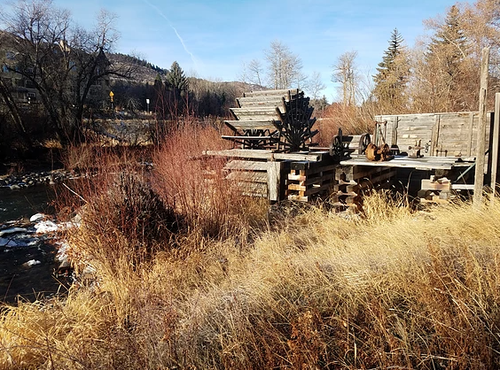Once a year my family and I go to Swan Lake Montana for about 10 days to water ski, relax in the sun and drink beer. There we pray for sunshine and blue bird skies, but on the river we take joy in the company of overcast skies and low light. While there a number of fly fishing fundamentals (i.e. river flow, water temp, water clarity and air pressure) to consider, the condition of the sky is easily one of the most important of the bunch. Here’s why…

Trout are more active in low light:
Cloudy skies and better yet, overcast, are an anglers best friend. Cloud cover gives the trout a sense of protection from aerial predators as they are more sensitive to changes in light intensity thus giving them an advantage over their foe, the hawk. As a result, the trout will move about the water more willingly and feed more confidently. This combination of confidence and willingness gives anglers far better odds of landing a fish. Conversely, on blue bird days when there is not a cloud in sight, trout will be hesitant to leave the trenches of the water and hold in the deep runs and pools where they are safe from harm.
Hatch activity lasts longer:
While you will often see aggressive hatch activity on sunny days, the duration is favorable on overcast days. With cloud cover comes a long lasting hatch. Meaning that the bugs will be on the water for a longer period of time and trout will feed consistently longer. The reason the hatch will last longer is due to cooler temperatures and moisture in the air. In such conditions, the wings of the fly dry more slowly allowing for more float time on the water. With this in mind, vast bug life and variety on the water can be frustrating in the sense that you’ll need to key in on which flies are on the water and in what size and color. You can cast a size #8 hopper during a BWO hatch all day, but you’d be lucky to catch one fish. Additionally, while you should always practice precision with your casting, consistent hatch activity offers some forgiveness to a sloppy cast as the trout are often preoccupied with the sheer number of flies on the water.
Timing of the hatch:
On overcast days, the air temperature will generally stay cooler for longer. As a result, the hatch will not materialize until later in the morning. On the South Platte and Colorado basins, we’re seeing consistent hatch activity on overcast days starting at about 9 am and lasting until about 11:30 am (at least). Whereas, on sunny days, where air temperatures rise more rapidly, the hatch occurs earlier at about 7:30 am, or whenever the sun hits the water, and lasts until about 10 am. This is an important distinction to understand, but at the end of the day, if trout are not rising to flies on the water, your odds are generally against you when fishing surface flies.
Techniques:
Sunny days: As I mentioned, on sunny days there is an opportunity for a high intensity hatch and dry fly fishing, but the duration is shorter and your approach will be different. In this case, you’ll want to start by fishing pronounced dun patterns that float easily on the surface of the water. However, the bugs will be quick to drown or submerge and you’ll want to tie on some variation of an emerger or fallen spinner pattern. After the hatch has ceased and trout are no longer rising, you will want to target the deep runs and pools with your nymph rigs ensuring ample weight.
Overcast: As we mentioned it is very important to match the hatch as trout will have keyed in on what’s buzzing around on the water. We strongly recommend switching flies at the sign of first refusal. Have you ever seen a fish rise to your fly only miss it at the last second? That is what I mean by “refusal”. It can be very misleading, but don’t be sucked in by the sirens in your head telling you, “oh he just missed your fly. Try again”. No! Trout are smarter than we give them credit for and that drive-by you just witnessed was a trout calling your bluff and saying, “nice try buddy”. Once you’ve matched the hatch you can play around with size, color and multiple flies.
